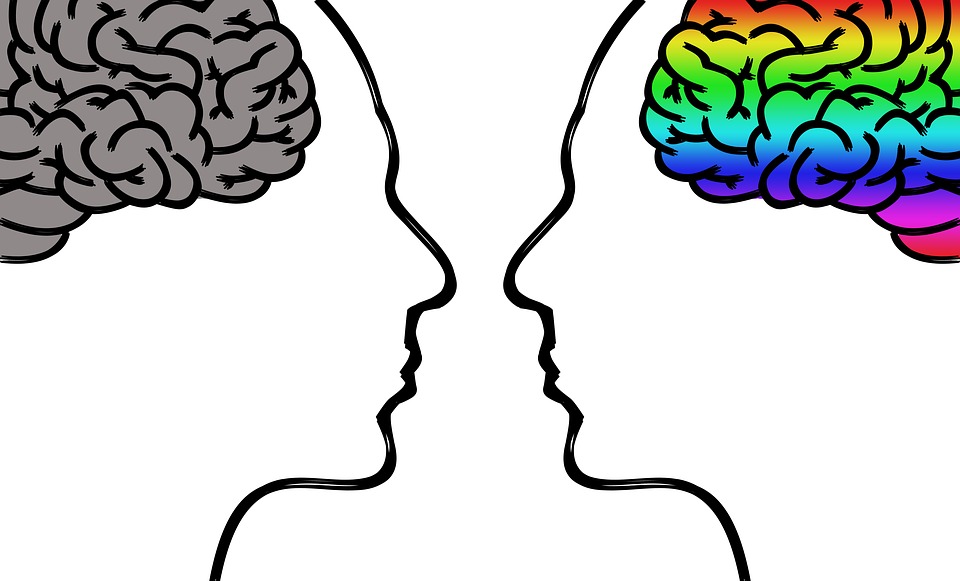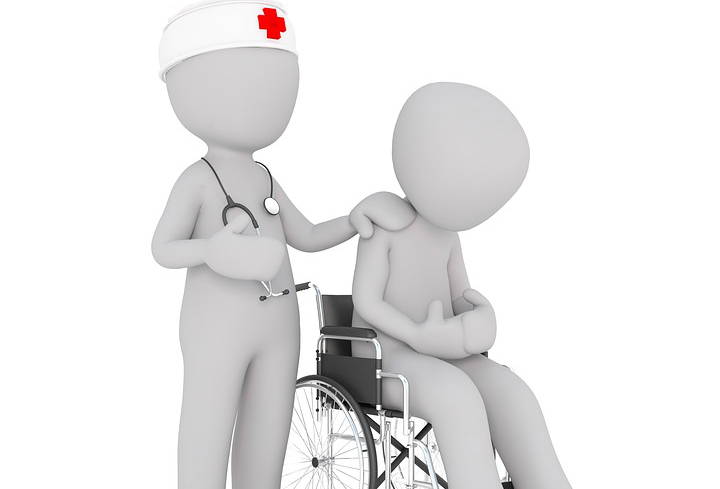
I was recently featured in the American Holistic Nurses Association’s ‘Beginnings’ publication. Below is a reprint of the article, shared with permission.
In the cover story of the October 2016 edition of the Healthcare Financial Management Association’s magazine, hrm, Clive Fields, MD and Tim Barry address the health insurance industry’s move to value-based care and value-based billing reimbursement. The U.S. insurance industry is a multi-trillion dollar compilation of private insurers and payers that functions independently of the ever-changing political scene in Washington. These private insurers and payers control the cost of health care, as well as the manner in which health care reimburses providers for services rendered.
The hfm article begins with the following statement: “The tipping point. The point of no return. A critical juncture” (Fields & Barry, 2016, p. 1). This refers to the healthcare industry’s embrace of a value-based purchasing standard. Pay-for-performance programs place professional and financial pressure on medical providers by paying out reimbursements based on the providers’ past performance. Programs include:
- Inpatient Value-Based Purchasing
- Hospital Readmission Reduction
- Physician Value-Based Payment Modifier
What these three programs have in common is they all involve patient centered care. This means healthcare providers need to revamp their current patient care model to include prevention through incorporating patient health education, a cornerstone of patient centered care. The authors explain: By 2018, 50 percent of all Medicare payment will be tied to value-based alternative payment models, recognizing not only the volume of care delivered but also the clinical outcomes that care generates. Commercial carriers all have followed suit. (Fields & Barry, 2016, p. 1)
The impact of this tipping point on nurses, and holistic nurses specifically, is significant. For the first time, the U.S. insurance industry has endorsed a holistic approach to healthcare and disease prevention as a preferred model of medical delivery. This is forcing health care to move beyond the acutecare, symptom-based approach to include both disease prevention and patient empowerment through patient education for self-care. Nursing education is rooted in the holistic, whole-person care model developed by Florence Nightingale in the mid-nineteenth century. The nursing scope of practice, which includes patient health education, aligns standards and competencies with current healthcare philosophy, and mandates nurses to provide patient-centered care, prevent disease, and reduce acute care interventions, while improving outcomes and reducing costs (ANA, 2015). For decades, holistic nursing has encompassed principles of whole-person care, and at the core of this specialty practice, “holistic nursing care is person and relationship centered and healing oriented, rather than disease and cure oriented” (AHNA & ANA, p. 1)
A Stitch In Time
Now that the healthcare industry has started to embrace the bigger picture of how to deliver patient-driven health care, while reducing costs, the demand and utilization of therapeutic approaches that support this model are rapidly growing. Patient health education is at the core of the patient-centered care model, and no other clinically trained health professional is better poised to fill this role than the nurse – and more specifically, the holistic nurse. This is important for the following reasons:
- Patient health education is contained within nursing scope of practice.
- Physicians have very limited time with their patients.
- Nurses spend more time with patients and are often the first or last to have contact with them during a medical office visit.
Fields & Barry (2016) go on to clarify this bigger picture: Delivering primary care within a value-based model involves much more than changing contracts and compensation. It requires a proactive clinical focus, in which patients at high risk for disease progression are identified for early intervention, patient education services are expanded, care is coordinated across sites and specialties, and redundant, non-evidence-based treatments are eliminated—all with three key objectives: making patients healthier, providing high-quality care, and reducing the total cost of care. (p. 2)
More than a decade ago, the Institute of Medicine reported the need for ongoing education and training of health professionals to meet the changing needs of healthcare consumers. The report, “A Bridge to Quality” from the 2003 Health Professions Education Summit, called for innovative approaches in education to equip health professionals with new skills and roles in order to best respond to the shifting needs of populations (Greiner & Knebel, 2003).
Laboring in the Field For many decades, holistic nurses worked in acute care, as well as private care settings, carrying a vision of whole-person, patientcentered care as a dream for the future of medicine. While holding that vision, they served their patients with compassionate presence and a whole-person perspective often in facilities that had no time or attention for either the patient’s or the nurse’s needs as individuals. In 1976, a small group of holistic nurses and mental health professionals, who worked together in Boston, recognized a critical missing piece in healthcare delivery essential for authentically inviting and engaging patients more deeply with their own care. Health information needed to be demystified for patients, providing them with a “whole picture of health” that clarified the how and why of their particular condition or concern. Collaborating together, this group of pioneers developed whole health continuing education courses for nurses and health professionals, and the National Institute of Whole Health (NIWH) was born.
Research and Accreditation
Since 1980, NIWH has been conducting hospital-based research on its patient health education model, which includes Behavioral Engagement with Pure Presence™ (BEPP), a health behavior change model. The most recent studies of this model were conducted with a Central Michigan University (CMU) group of patients and four physician practices (Clipper, 2015), and a Blue Cross Blue Shield-funded physician practice study at Michigan State University (MSU) (Aldasouqi, Clipper, Berkshire, & Lopes, 2016). Two medical researchers from CMU and MSU respectively utilized the Consultation and Relational Empathy (CARE) Measure Survey both pre- and post-intervention to assess the effectiveness of NIWH’s BEPP model. The study demonstrated 27.5-35 percent improvements in both patient satisfaction surveys and physician satisfaction surveys (Aldasouqi et al., 2016). During the past 41 years, NIWH’s important and visionary work has blazed the trail for whole person care. Through its professional partnerships and
advisory board members, NIWH has worked to effect communication with the national commissions on nursing and physicians.
The NIWH tenets of whole person care include:
- placing patients at the center of their healthcare decision making,
- treating the patient as a whole person, and
- evidence-based patient health education for disease prevention and disease management.
The standards and subject matter for the NIWH Whole Health® Education Program are based on the Health and Medicine Division (HMD, formerly known as the Institute of Medicine) guidelines, referenced as “Population Health” (IOM, 1998). This specialty focuses on the leading chronic care conditions and the specific education and evidence-based knowledge nurses need to empower their patients with selfdirected health information and self-care skills. The NIWH curriculum educates nurses to look at the totality of the individual’s lifestyle and environment and help patients discern and choose what they can do to eliminate or reduce chronic conditions. NIWH’s 5 Aspects of Whole Health™ guide the course presentation, assignments, and testing.
The convergence of 21st century medicine with holistic care is an enormous opportunity for nurses to offer compassionate, patient-centered, holistic nursing. Nurses can work as patient health educators within medical practices, for hospitals or other healthcare facilities, conduct a private practice in health and wellness education, or work collaboratively with referrals from medical providers. By utilizing patient health educators, physicians can better serve their patients, comply with guidelines, and improve their practice income. Patients receive the information they need to take real control of their health while insurance payers save on avoided procedures and chronic care costs. Especially now as health care reaches a “tipping point” with new pay-for-performance standards, the NIWH patient health education model offers a win-win-win for patients, payers, and providers.
For more information on the AHNA, visit www.ahna.org










